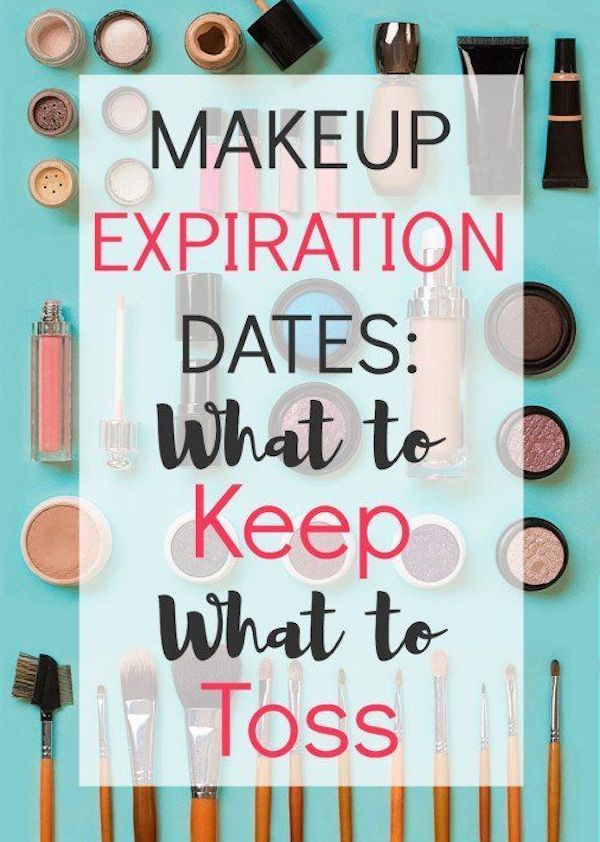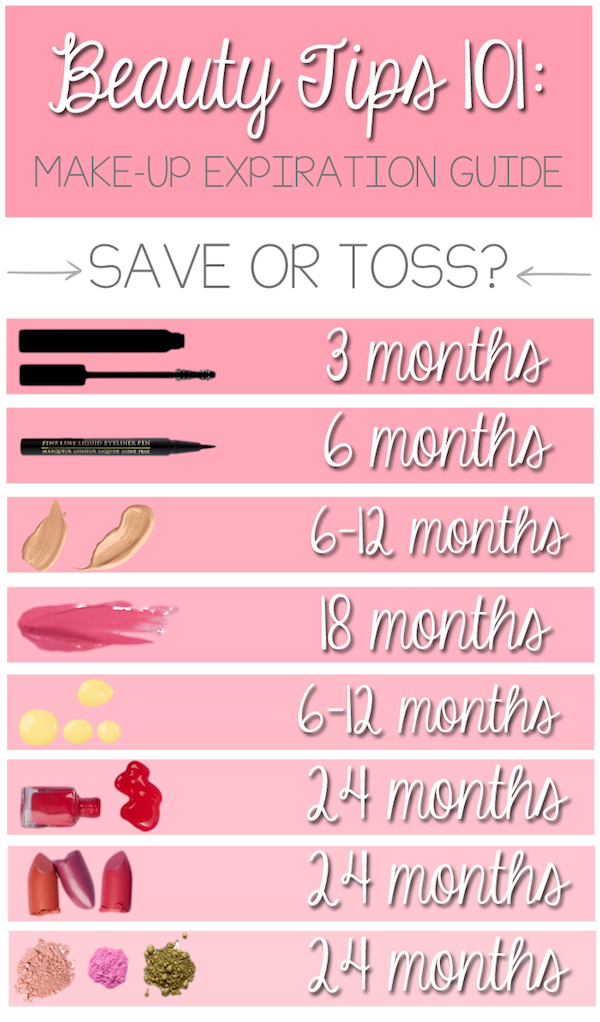Chelsi here today, since Hurricane Harvey hit our great city and the surrounding areas, my family and I have been volunteering to help people clean out their homes. It has been a gift to us to be able to help those who were flooded, but it has also made us take inventory of what is really important in this life. Thus, my mission to declutter our lives and home is in full effect! I’m going room by room, getting rid of things we don’t use, don’t need, or don’t fit.
Now I’ve worked in the cosmetic industry for almost 20 years. To say that I have enough makeup stored in my closet to supply the Houston Texans Cheerleaders for the next 5 seasons is an understatement! I started going through my stash and even though I know I have held on to things for a long time, are they really bad? The answer is a resounding YES! For the scientific answer as to why they turn bad, I turned to my friend, Fanny Coste, who is a cosmetic chemist and founder of Costemetics Consulting. She is an accomplished product development pro with over 14 years of experience across the U.S., Asia and Europe.
What is the shelf life of makeup?
Shelf life can vary tremendously from one product to another. Composition of the formula, the use (or not) of preservatives, anti-oxidants, UV absorbers, etc. all play the biggest role in how long the product’s shelf life will be. Packaging also has a big part as well. Sunlight affects product stability dramatically so product contained in an opaque container therefore has a greater life span than a product in clear packaging. Same is true with air and products in airless containers versus products in jars. So having said all of that, shelf life ranges from 2-3 years for most cosmetics.
So how long should we be keeping our makeup?
When a consumer buys a product, she has no idea when it was produced and how long it had been sitting on a shelf. To be on the safe side, most products should be tossed 18-24 months after purchase.
Now there is also something called Period After Opening (PAO), which means once you open the actual product, the clock starts ticking. What can you tell us about that?
Once a product is opened, its lifespan will shorten because of its exposure to air and microorganisms, except if it is packaged in an airless container. But in order to grow, microbes need water. Liquid products such as liquid foundation will logically have a shorter PAO, 6 to 12 months, than dry products. Powder cosmetics have a PAO almost identical to their shelf life, typically 2 years.
Is that the same for eye products?
The PAO for eye-area cosmetics is more limited than for other products because it is more susceptible to microbial contamination by the user and the risk of eye infections. It is especially true for mascara. After the wand comes in contact with eyelashes, it is dipped back into the product repeatedly. You should therefore discard mascara two to three months after first use.
Any other tips to know if your makeup has gone bad?
In any case, if a product separates, has dried out, becomes gloopy or has a funny smell, it is time to say goodbye.
You might think you can stretch some of these dates, but remember, these products go on your skin, your eyes and your lips! To help you remember this info, I found this great chart online that you can print and keep in your makeup drawer. Also, label your cosmetics with a Sharpie listing an “open date” and a “toss date”. It will help you keep track of when you should be throwing away old makeup to ensure you are putting on fresh cosmetics. Your skin will thank you!

